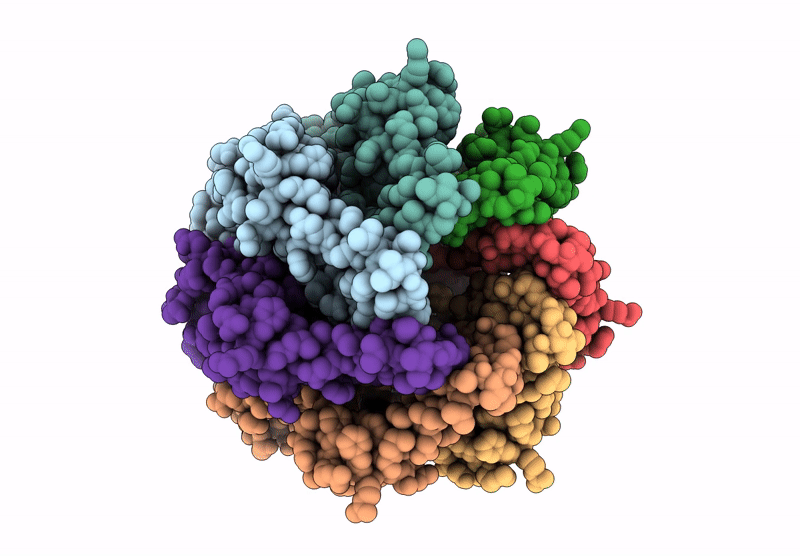
Deposition Date
2024-04-19
Release Date
2025-05-07
Last Version Date
2025-08-20
Method Details:
Experimental Method:
Resolution:
3.21 Å
Aggregation State:
PARTICLE
Reconstruction Method:
SINGLE PARTICLE


